PSVR 2 vs PSVR: is it worth upgrading to Sony’s next-gen virtual reality headset?
How does the PSVR 2 compare to its predecessor?
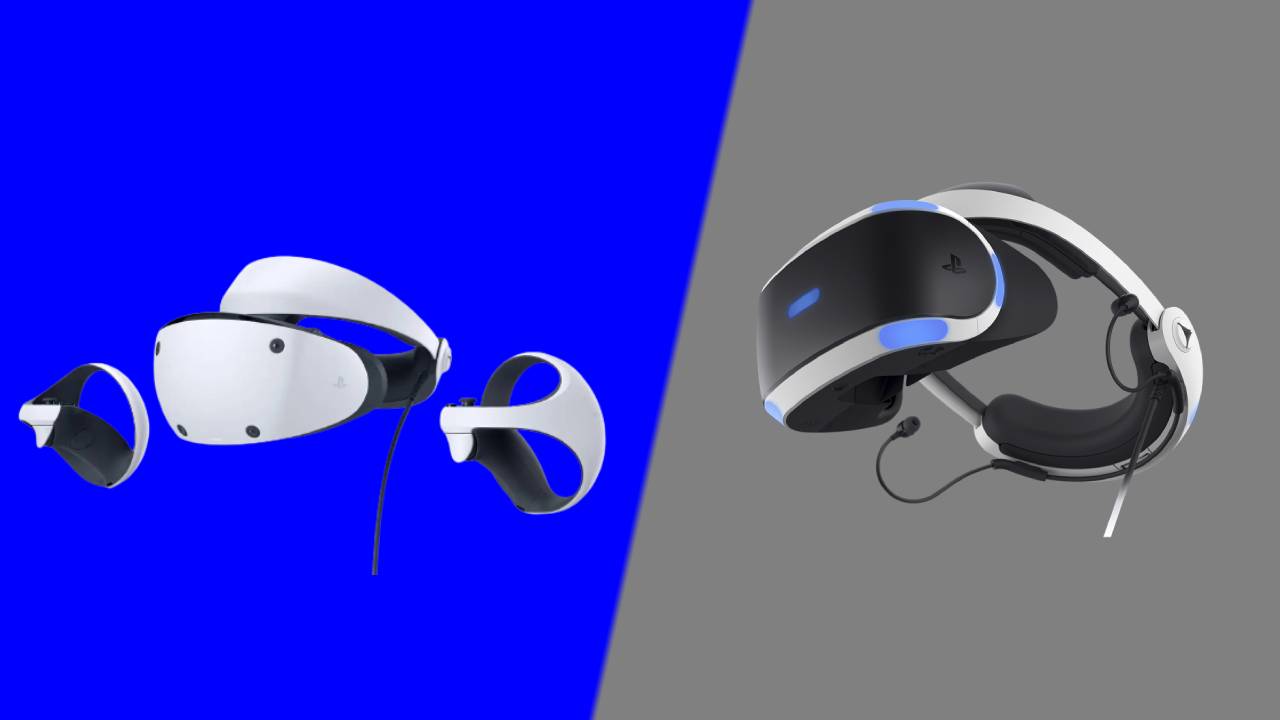
The PSVR 2, the next VR headset from Sony, is expected to launch in late 2022. But how will this new headset compare to the Japanese tech giant’s first foray into virtual reality, the PlayStation VR headset?
The PlayStation VR2 – as we now know it’s officially called – will be a dramatic improvement over the original PSVR’s specs. Sony says it will provide a more immersive experience, which will allow players to escape into game worlds like never before. Considering the original PSVR already felt immersive – especially for those trying VR for the first time – this is certainly exciting.
But if you already own the PSVR, which was released in October 2016, how is Sony’s next-gen virtual reality headset likely to stack up against its predecessor? We don’t have all of the details about the PSVR 2 yet, but below we’ll compare them based on everything we’ve found out so far. That way you can decide whether PSVR 2 will be worth the upgrade when it’s released later this year.
PSVR 2 vs PSVR: price and release date
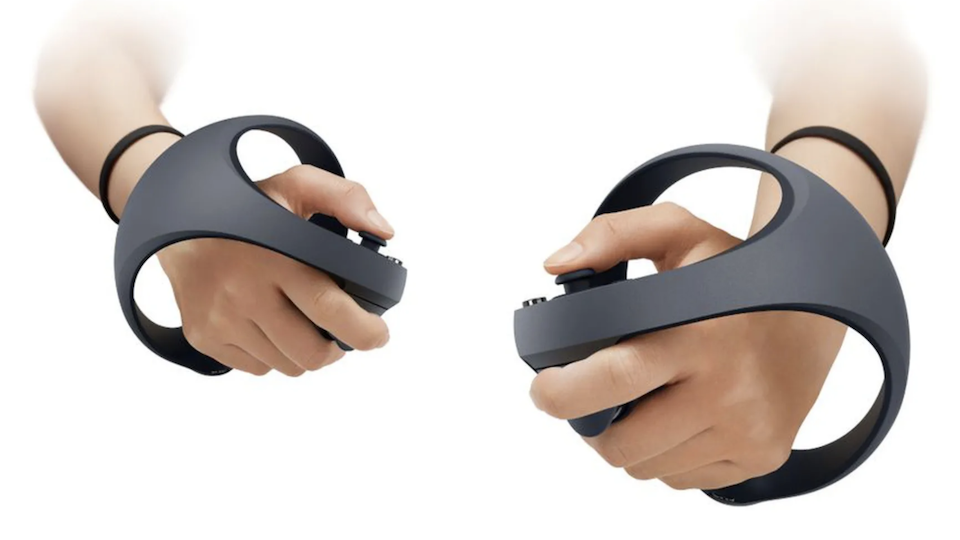
Sony hasn’t revealed the price of the PSVR 2 yet, but we can refer to the original PlayStation VR’s launch for a vague idea of where the next-gen headset might fall when it comes to price.
The original price for a full PSVR bundle was $499 (£399, about AU$650); however, that’s considerably more than consumers may want to pay, especially if they have already shelled out on a PS5 which is $499 (£449 / AU$795).
The price of the PSVR has dropped considerably since its release, and the starter bundle now retails for $200 / £259 / AU$420. This is slightly cheaper than the price of the hugely popular Oculus Quest 2 which typically sells for £299 / $299 / AU$479, but that’s not a surprise considering the age of Sony’s headset.
With the PSVR 2 set to boast impressive specs, we’re not expecting to see Sony’s new headset drop below the initial $499 price tag from 2016, and expect it may fall into a higher bracket than the previous model.
Sign up for breaking news, reviews, opinion, top tech deals, and more.
PSVR 2 vs PSVR: design and features
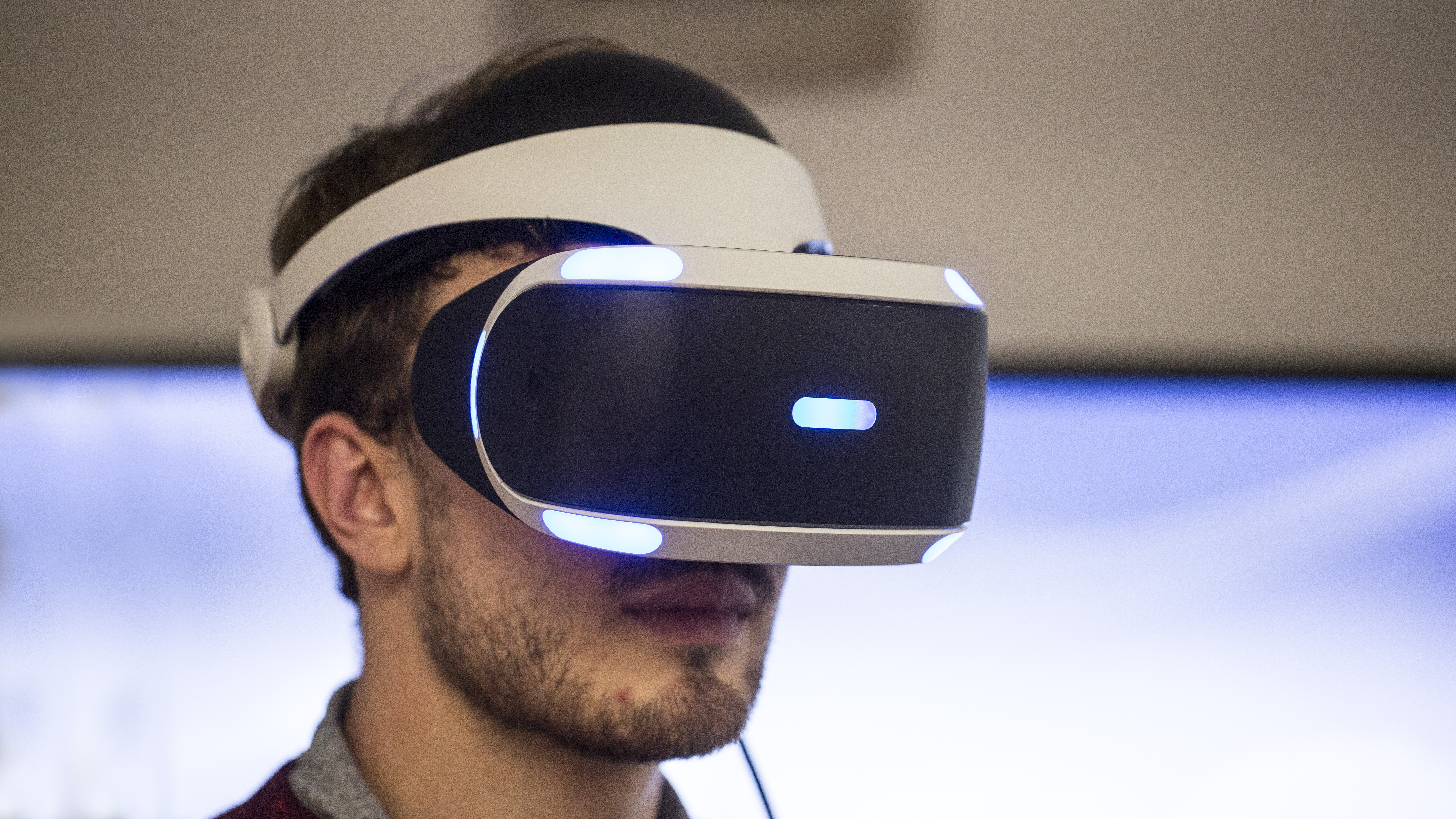
After many months of waiting, Sony finally revealed what the PSVR 2 headset will look like - and it's very similar to the PSVR's original design. It promises to be lighter, slimmer and includes a ventilation port to keep you cool when gaming. We still don't have the exact dimensions of the headset just yet, but Sony has said it's a touch lighter than the PSVR, which was approximately 600 grams.
The PSVR 2 comes with two new controllers, the PlayStation VR2 Sense, which includes adaptive trigger and haptic feedback support. It also uses a 4K HDR OLED panel, with a resolution of 2000 x 2040 per eye. The refresh rate is 90Hz - 120Hz, with a field of view of 110 degrees, as well as foveated rendering.
The new sensory features of PSVR 2, as Sony dubs it, combine eye tracking, headset feedback, 3D Audio, and the PSVR 2 Sense controller to create a deeper feeling of immersion. A built-in motor in the headset will add an additional tactile element, that can replicate your character’s pulse during tense moments, or the rush of objects passing by your head. There's also a lens adjustment dial and the option to adjust the scope area so it sits closer or further away from your face.
Sony’s new virtual reality headset will thankfully reduce the number of wires, with PSVR 2 only requiring a single cable, but sadly it isn’t wireless like the Oculus Quest 2. It’s also unclear whether the PSVR 2 will include a breaker box like the original, but we're hoping it connects directly to the PS5 this time around.
PSVR 2 vs PSVR: specs
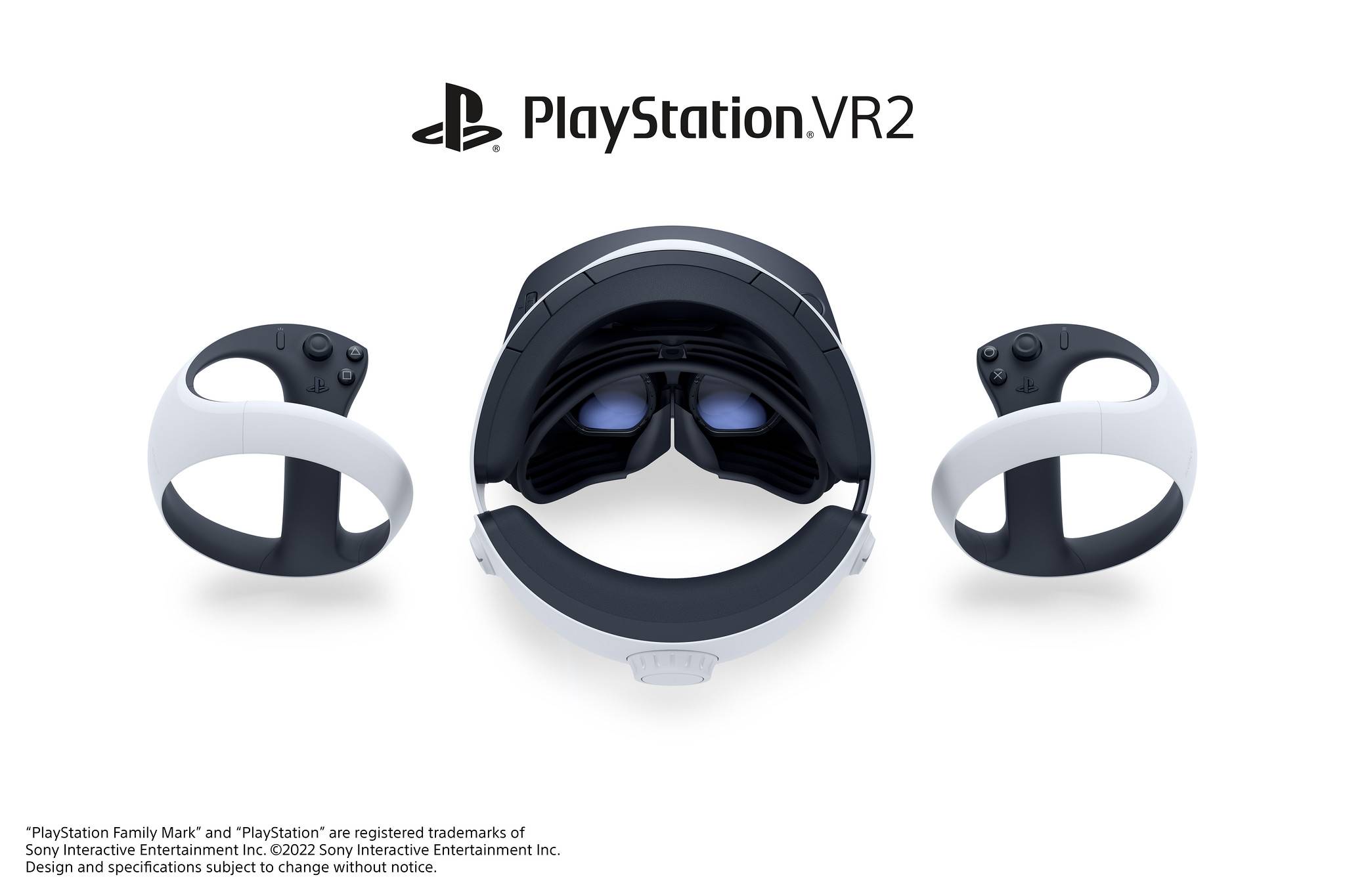
PSVR 2, as you might expect, is far more capable than the original headset, and is also being powered by the PS5. Sony shared the full specs of the PlayStation VR2 at CES 2022, which you can find below.
| PSVR 2 specs | Header Cell - Column 1 |
|---|---|
| Display Method | OLED |
| Panel resolution | 2000 x 2040 per eye |
| Panel refresh rate | 90Hz, 120Hz |
| Lens separation | Adjustable |
| Field of View | Approx. 110 degrees |
| Sensors | Motion Sensor: Six-axis motion sensing system (three-axis gyroscope, three-axis accelerometer)) |
| Cameras | 4 cameras for headset and controller tracking, IR camera for eye tracking per eye |
| Feedback | Vibration on headset |
| Communication with PS5 | USB Type-C |
| Audio | Input: Built-in microphone, Output: Stereo headphone jack |
Compare the PSVR 2 specs to the original PSVR, and it’s clear that Sony’s new headset is a generational leap over Sony’s first effort. The panel resolution is, in particular, drastically lower than PSVR 2’s, which thankfully is greatly improved. You can see the PSVR’s full specs below.
| PSVR specs | Header Cell - Column 1 |
|---|---|
| Display Method | OLED |
| Panel resolution | 960x 1080 per eye |
| Panel refresh rate | 90Hz, 120Hz |
| Lens separation | Adjustable |
| Field of View | Approx. 100 degrees |
| Sensors | Motion Sensor: Six-axis motion sensing system (three-axis gyroscope, three-axis accelerometer)) |
| Cameras | N/A |
| Feedback | N/A |
| Communication with PS5 | Via an adapter |
| Audio | Input: Built-in microphone, Output: Stereo headphone jack |
| VR headset dimensions | Approx. 187×185×277 mm (width × height × length, excludes largest projection, headband at the shortest). Approx. 600g (excluding cable). |
| Processor unit | Approx. 150 x 39 x 114mm (width × height × length, excludes largest projection). Approx. 300g. |
PSVR 2 vs PSVR: games
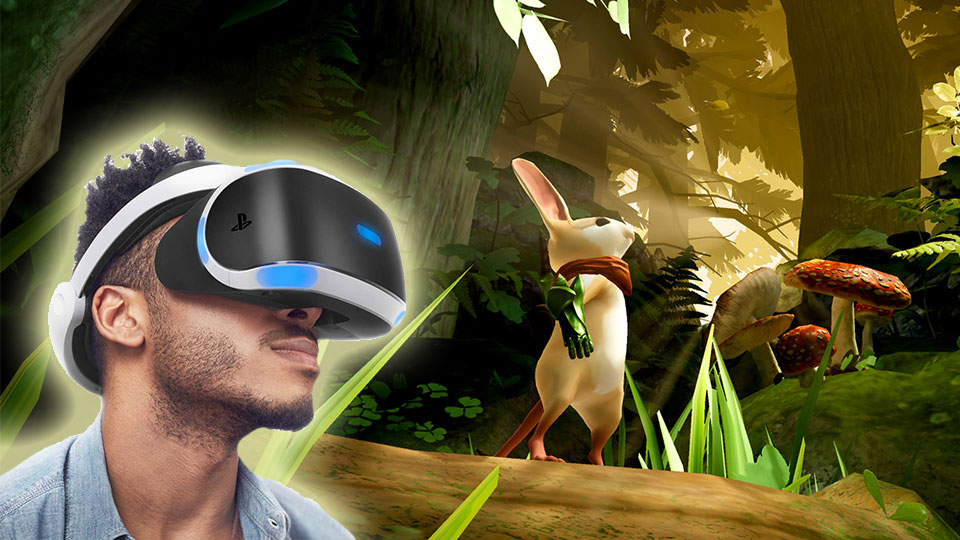
Sony has already revealed the first game for PSVR 2, Horizon Call of the Mountain, which sees Guerilla Games’ popular Horizon series get its own VR spin-off. A number of games are in development for Sony’s new headset, too, and we’d expect to see many of the most popular VR games, like Beat Saber, get upgraded versions that take advantage of the PlayStation VR2 and PS5’s more powerful hardware.
It’s worth noting that the older PSVR headset is backward compatible with the PS5 if you request a free adaptor from Sony. If you’re not bothered about having the latest specs, then, it could be worth picking up the last-gen version on the cheap to see whether virtual reality, in general, is something you enjoy and sample previous releases.
We don’t know whether the PSVR 2 will let you play older PSVR games on it, but we sincerely hope that it is indeed backward capability. It’s almost certain you won’t be able to play PSVR 2 specific games on the PlayStation VR, though.
PSVR 2 vs PSVR: verdict
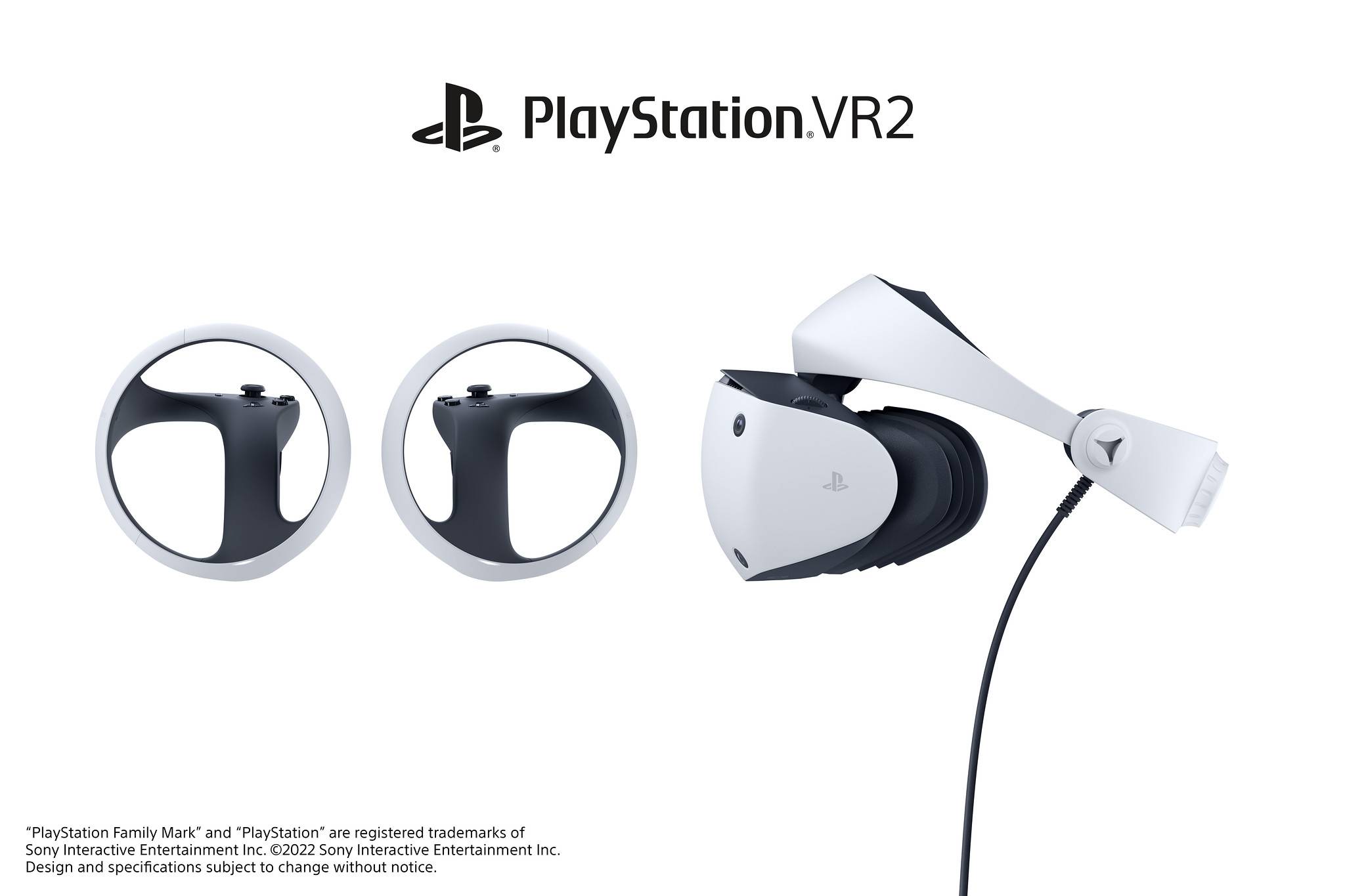
It’s clear that Sony’s PSVR 2 is a big step up from the original device, then, but whether or not it will capture a large enough audience is another thing, especially as PlayStation 5 consoles are still incredibly hard to buy. PSVR wasn’t exactly a massively popular add-on, selling around 6 million units in total, though it was clearly successful enough to continue with its journey into virtual reality.
The PSVR 2 will certainly appeal to those who are already on board with VR, and with an impressive specs list and some clever features, Sony’s second attempt to make virtual reality more mainstream could pay off.
- PS5 vs PS5 Digital Edition: what's the difference?
Adam was formerly TRG's Hardware Editor. A law graduate with an exceptional track record in content creation and online engagement, Adam has penned scintillating copy for various technology sites and also established his very own award-nominated video games website. He’s previously worked at Nintendo of Europe as a Content Marketing Editor and once played Halo 5: Guardians for over 51 hours for charity. He is now an editor at The Shortcut.
